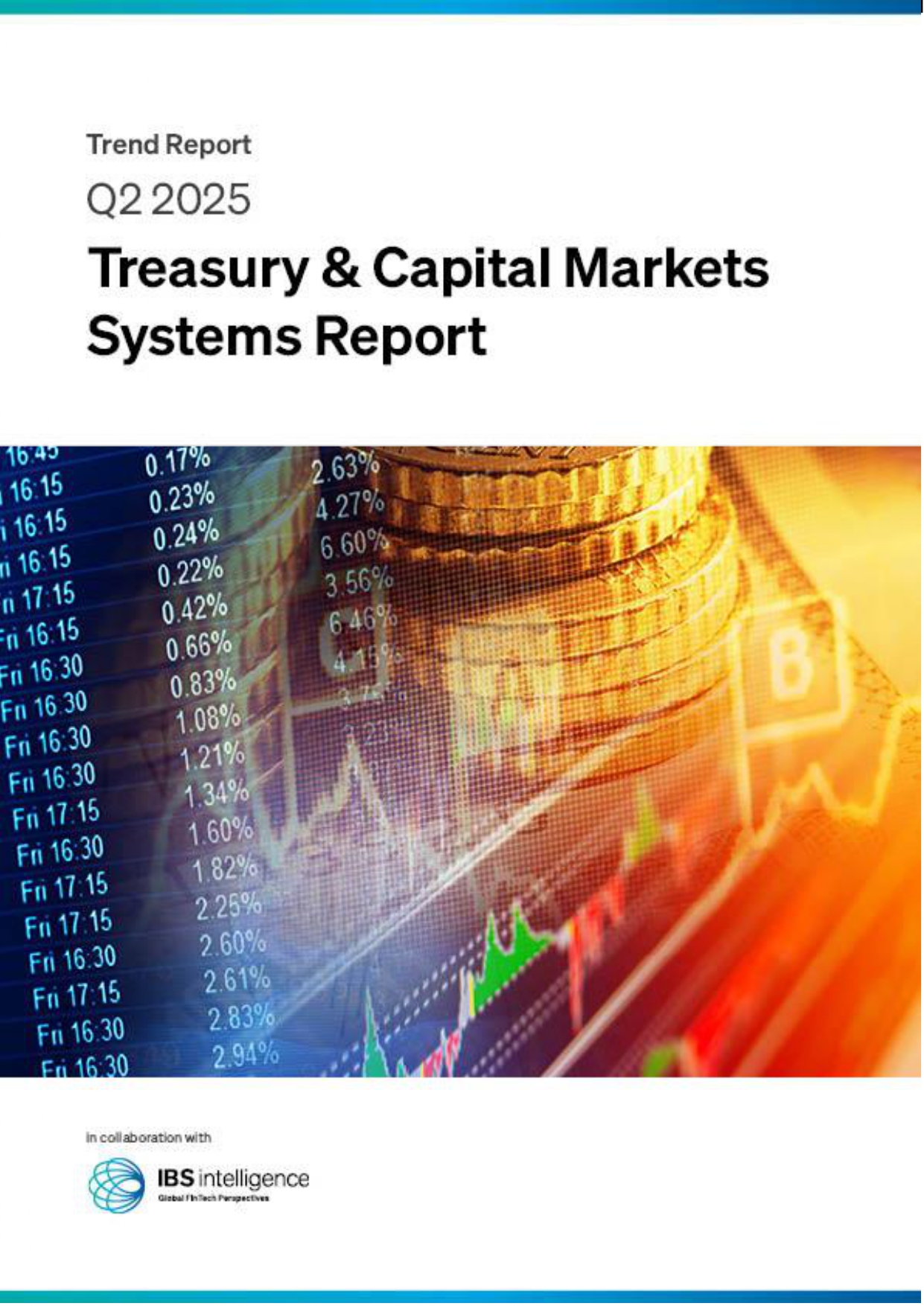 Back
Back
How a clean data environment is key to a successful merger
There were 208 US bank deals with an aggregate deal value of $77.58 billion in 2021, the highest level since 2006, according to S&P Global Intelligence. Having a clean data environment prior to a merger is crucial. Strategic technology partners can be beneficial during this time, as they can help banks get a holistic view of their data, while saving them both resources and time.
by Bob Kottler, Executive Vice President and Chief Revenue Officer, White Clay
What are the reasons behind the surge in M&A activity? Bank executives are trying to offset losses triggered by the pandemic. Net interest margins are down to record levels due to the large demand for savings accounts compared to loan applications, forcing banks to pay out more interest than they’re receiving. Executives are aware of the opportunities that come with an M&A and are more eager than ever to take advantage of them. Having an aggregated clean data environment can help a newly formed bank maximise the benefits of the merger, ultimately leading to portfolio diversification, an increase in revenue and higher shareholder return.

Merging two banks brings operational challenges, one of which is needing to integrate data from two different core and ancillary systems to get a consolidated view of banking relationships. The success of the newly formed entity depends on the accuracy and complexity of this data, as the leadership team will use it to make long-term strategic decisions.
The key benefits of a clean data environment include:
- Getting pricing right – By unveiling the difference in pricing practices, the two banks can learn from one another and proceed with the pricing method that is more profitable and impactful to the bottom line. For example, the two banks might have similar or even overlapping customers, but are pricing loans completely differently, leading to a significant difference in customer profitability. A good technology partner will provide the newly formed bank with such insight, uncovering the most profitable path for the future.
- New market penetration – Having organised information about customers, including what products and services they have and don’t have access to, will enable the banks to cross-sell and market their offerings into the other bank’s customer base and expand their client portfolio. Additionally, a holistic view of customer data will allow banks to see if their existing customers are actually using the products and services they offer, and if so, market and sell more of those, leading to an increase in revenue. This will also help banks avoid regulatory penalties on unused banking products.
- Building better relationships with customers – Curated customer data will also allow banks to meet their customers where they are, providing crisp and relevant offerings that will help increase customer retention. For example, a married couple that banks with the same financial institution but has separate accounts expects the bank to be aware of their alliance and offer products and services based on their household needs. However, this is rarely the case. Technology partners can help newly formed banks get a clear overview of their client accounts, empowering them to make the necessary links that will lead to long-term, trusting relationships and increased profitability over time.
- Incentivising optimal banker performance – Data on banker performance will give the newly formed leadership team an overview of each department and individual banker, helping them quickly become familiar with the staff of the organisation they recently merged with. Tracking banker performance will also enable managers to set best practices, coaching staff better and ultimately helping the bank become successful, faster. Lastly, data will also give the board an accurate idea of how the newly formed leadership team is performing.
Banks are profitable when customers use the products and services they offer and when they sell new products, assuming that those products and services are priced appropriately. Having a clean data environment that enables banks to price products better, cross-sell deeper and deliver a personalised experience to their customers is necessary for a bank at any time in its lifecycle but is especially crucial during a merger. Bank executives are right to look at consolidation to offset challenges in today’s banking environment and add to their bottom line. However, without a universal view of their data, the benefits of a merger or acquisition may well be limited.
IBSi News
Get the IBSi FinTech Journal India Edition
- Insightful Financial Technology News Analysis
- Leadership Interviews from the Indian FinTech Ecosystem
- Expert Perspectives from the Executive Team
- Snapshots of Industry Deals, Events & Insights
- An India FinTech Case Study
- Monthly issues of the iconic global IBSi FinTech Journal
- Attend a webinar hosted by the magazine once during your subscription period
₹200 ₹99*/month
* Discounted Offer for a Limited Period on a 12-month Subscription
IBSi FinTech Journal
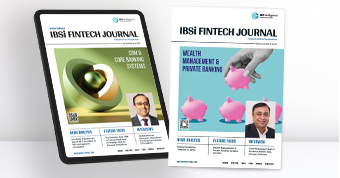
- Most trusted FinTech journal since 1991
- Digital monthly issue
- 60+ pages of research, analysis, interviews, opinions, and rankings
- Global coverage
Other Related Blogs
March 28, 2025
TIP the balance in your favour: How effective threat intelligence platforms can enhance your cyber defence
Read MoreFebruary 18, 2025
The CFO’s Dilemma: Navigating Uncertainty in the Wake of Global Disruption
Read MoreRelated Reports

Sales League Table Report 2025
Know More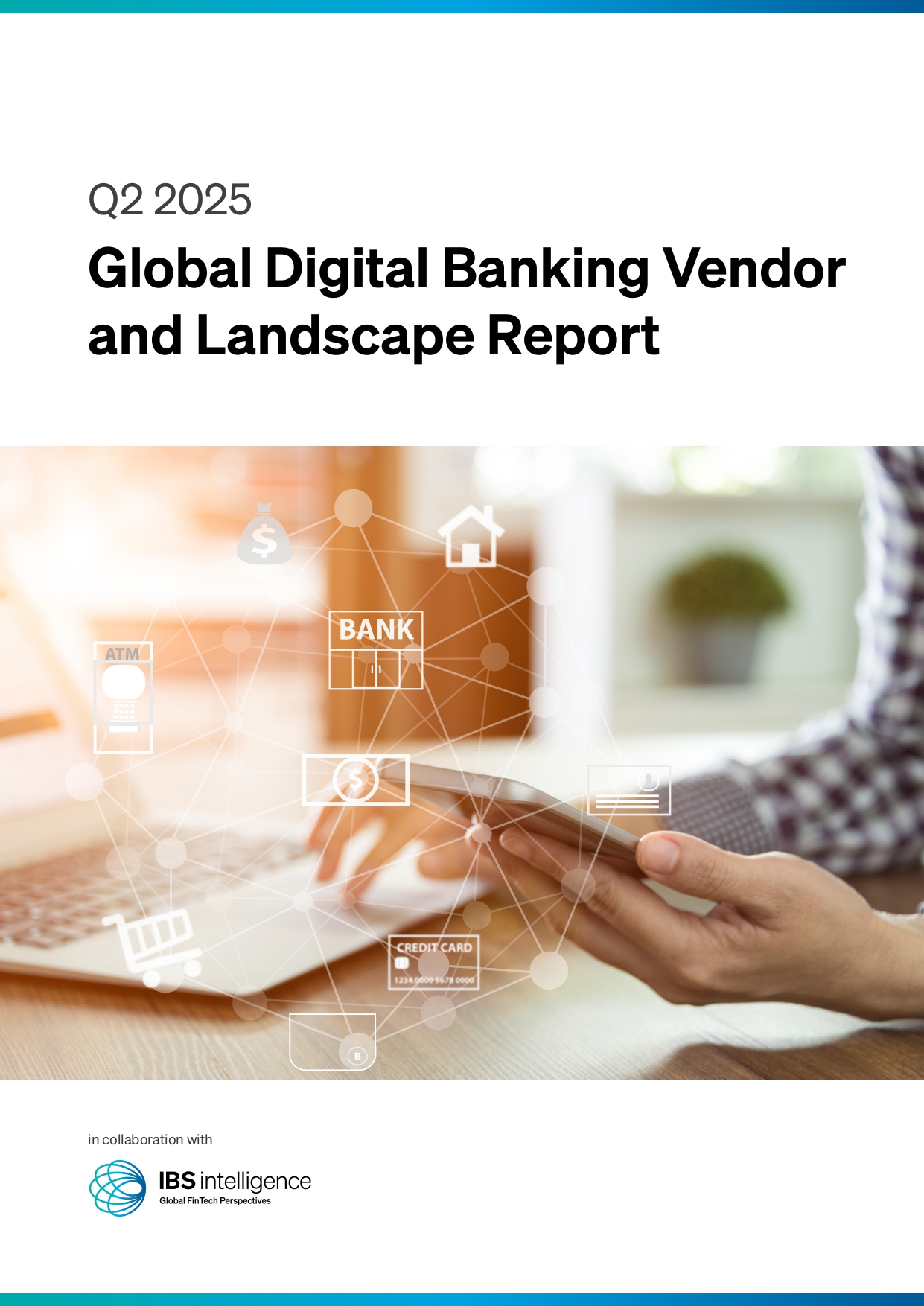
Global Digital Banking Vendor & Landscape Report Q2 2025
Know More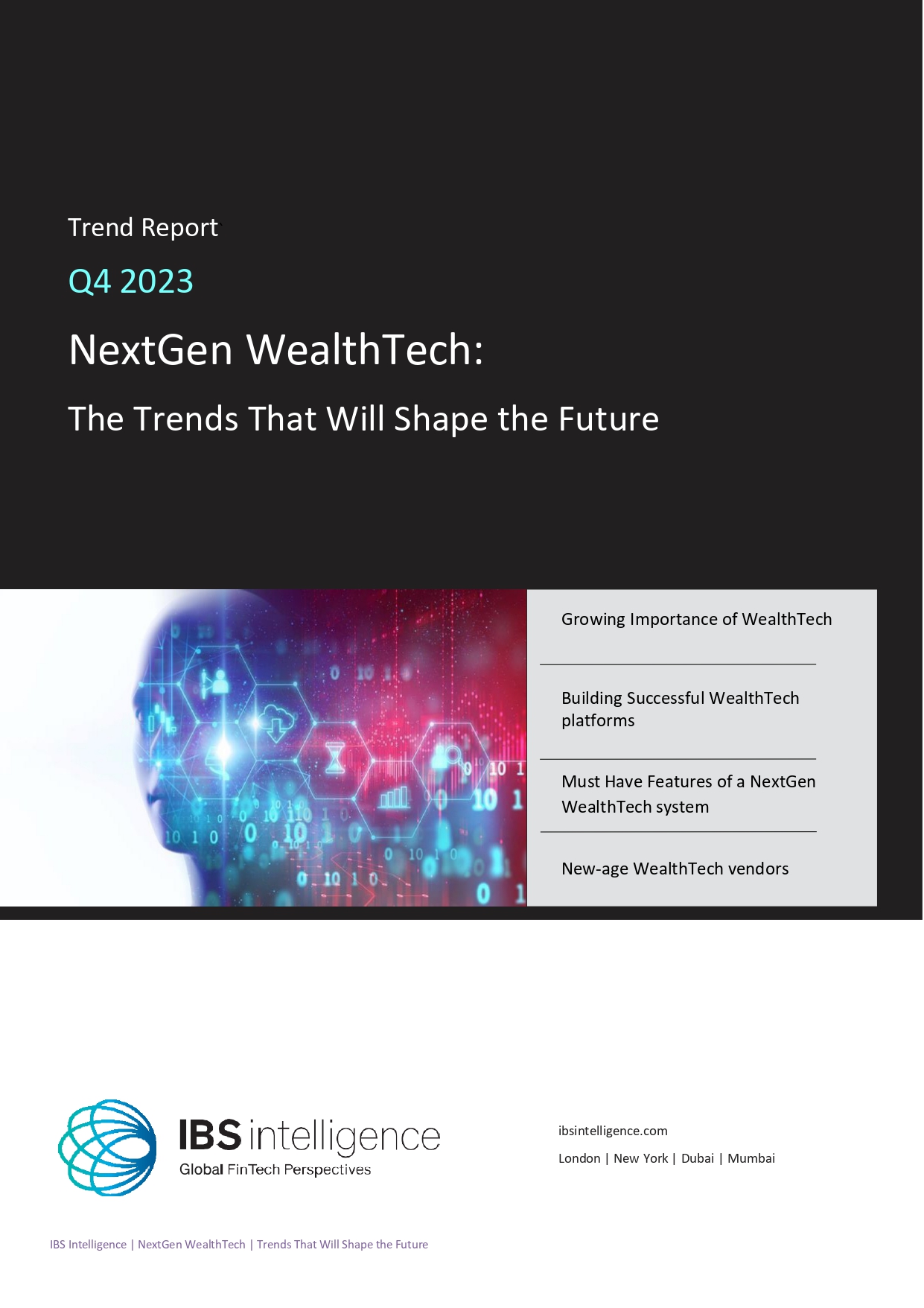
NextGen WealthTech: The Trends To Shape The Future Q4 2023
Know More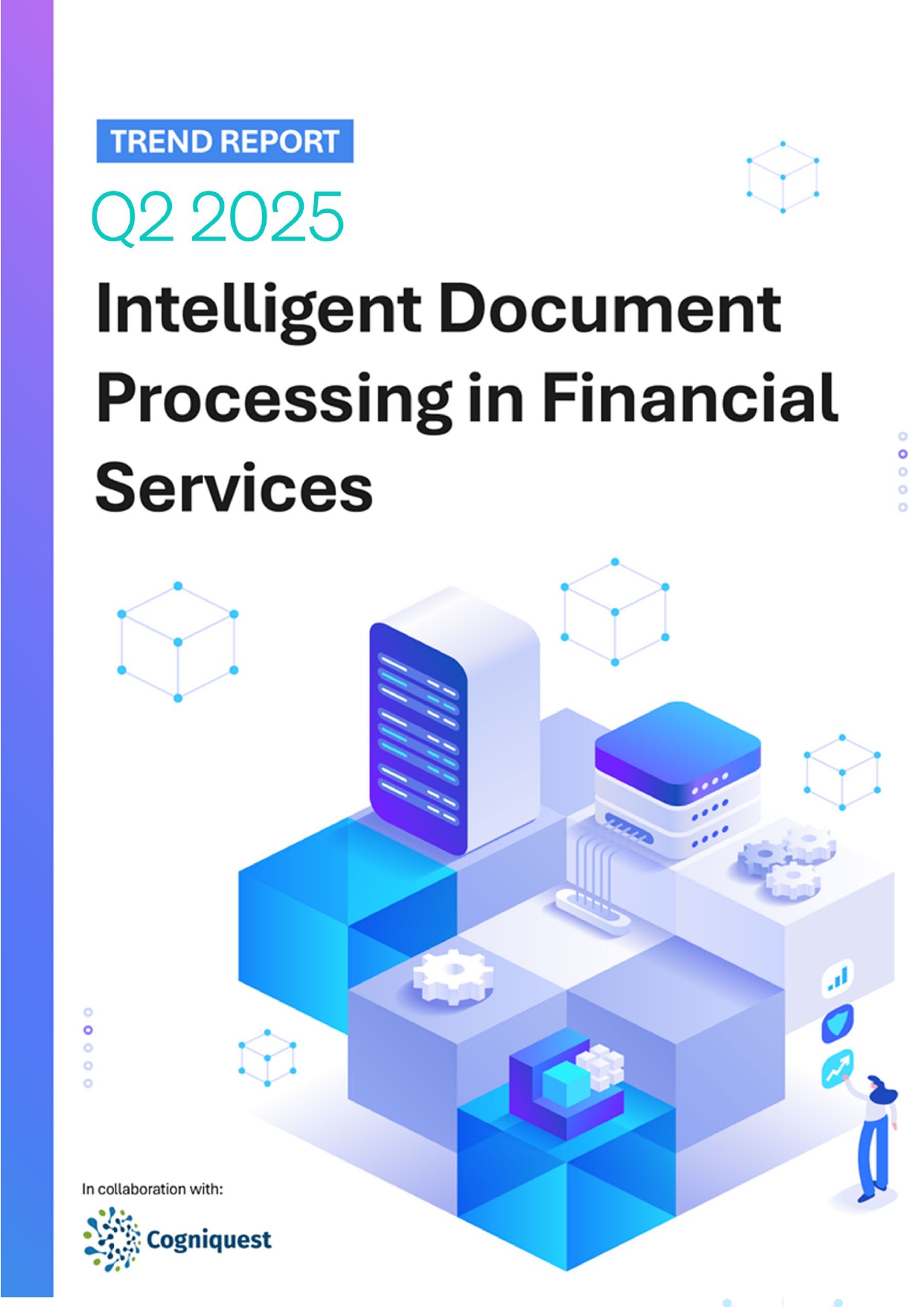
Intelligent Document Processing in Financial Services Q2 2025
Know More